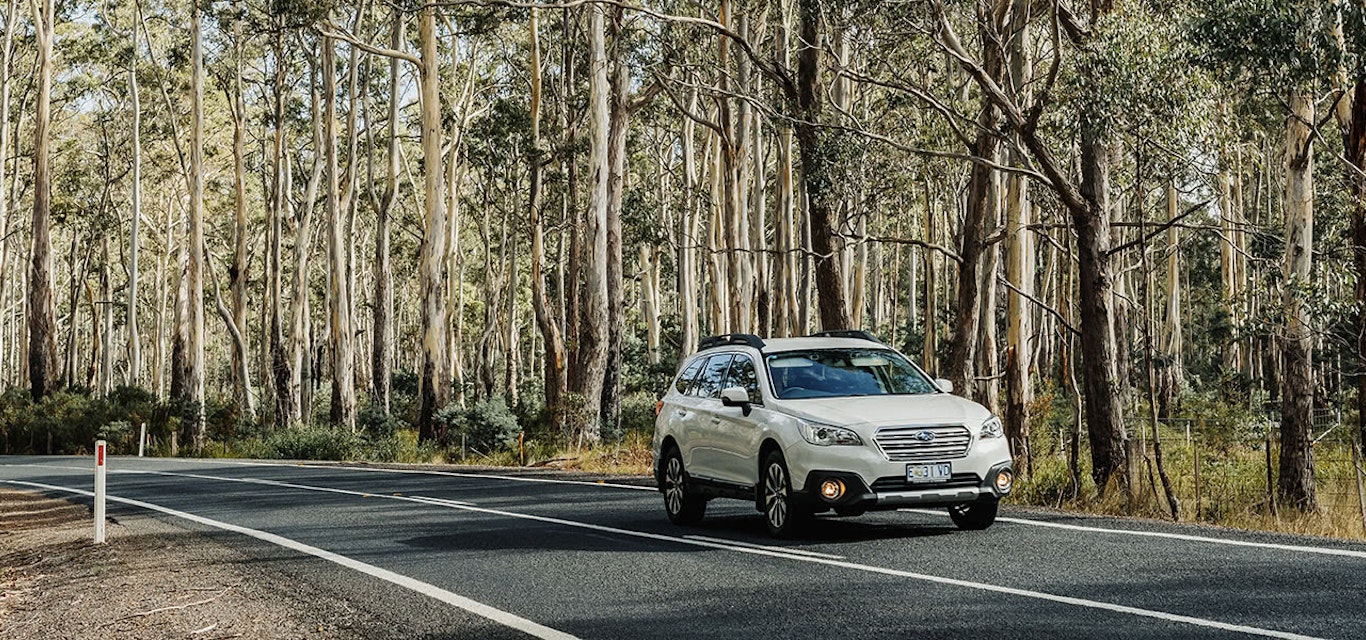Safer vehicles
Policy series: With newer vehicles offering a raft of safety features, and Tasmania having the oldest vehicle fleet in Australia, we’re encouraging motorists to buy the safest vehicle they can afford.
An increase in safety technology in modern vehicles has the potential to reduce deaths and injuries for motorists, passengers, pedestrians and cyclists. New technologies can even prevent crashes from occurring.
Newer technologies include autonomous emergency braking, lane departure warning, lane keep assist, fatigue/distraction recognition, active cruise control, speed limiters and road sign detection.
Knowing the safety features is a vital task for motorists when selecting a vehicle that will protect themselves, their passengers and other road users.
With Tasmania having the oldest vehicle fleet in Australia at 12.8 years, well behind the national average of 10.1 years, it is clear we need to take action to encourage motorists to buy the safest vehicle they can afford.
The Australian New Car Assessment Program (ANCAP) is the country’s independent vehicle safety authority, testing and rating new vehicles on the level of safety they provide to occupants and pedestrians in the event of a crash, as well as minimising the effects of a crash.
You can see the latest vehicle safety ratings, and search for vehicles you are interested in buying, here.
Our new Safe Vehicles Policy aims to reduce the average age of vehicles in Tasmania, thereby increasing the number of safer vehicles on our roads.
RACT Executive General Manager, Membership and Community, Stacey Pennicott said the policy strongly urged all levels of government and key automotive stakeholders to work towards lowering the age of Tasmania’s fleet to the Australian average of 10.1 years by 2030.
‘We will achieve this through stakeholder consultation and lobbying, both nationally and at a state level,’ Ms Pennicott said.
‘We will encourage governmental incentives that help lower the age of Tasmania’s vehicle fleet through the increased purchasing of five-star ANCAP-rated vehicles.
‘This includes programs that increase turnover of modern government fleets into the used car market.’
Ms Pennicott said RACT would urge the Tasmanian community, governments and other employers to buy vehicles, motorcycles, buses and trucks fitted with the latest crash protection and crash avoidance features.
This includes autonomous emergency braking where the technology is available.
RACT also supports the mandatory fitting of electronic stability control on all new vehicles, trucks, buses and motorcycles. This incorporates antilock braking and traction control, as well as combined braking on motorbikes. We also support having seatbelts on all new buses.
‘We will help stakeholders and partners to educate Tasmanian drivers, particularly young drivers and their parents and supervisors, about the importance of buying the safest vehicle they can afford,’ Ms Pennicott said.
‘This education will surround modern crash protection and avoidance features as well as the importance of vehicle maintenance and roadworthiness.
‘We also urge the Tasmanian Government to educate the community about this.’
Ms Pennicott said RACT would take the lead on safer vehicles.
‘We will regularly upgrade our own vehicle fleet to the latest ANCAP five-star models, but also consider the reduction of insurance premiums for Tasmanian motorists who buy safer ANCAP-rated vehicles.’
Within the policy, RACT also supports technology that prevents people from using their smartphones when a car is started, or features that disable technology through Bluetooth.
